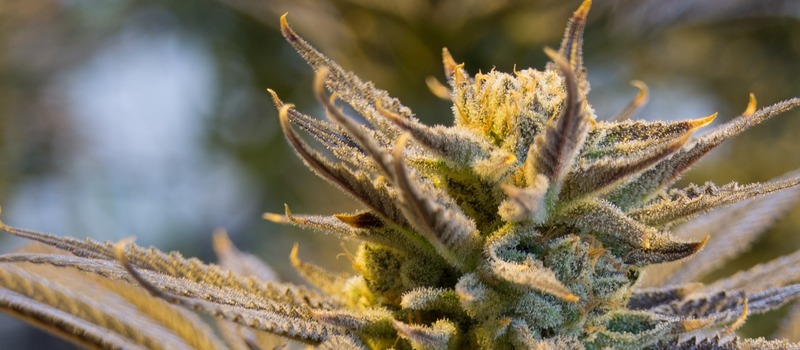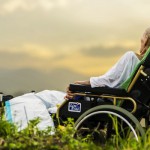The future of molecular diagnostics is looking particularly bright as international teams of researchers and entrepreneurs make profound headway in the development of disease-sensing instruments.
Wouldn’t it be advantageous if we could smell any diseases that were out to get us? Turns out each person has a unique “odor print” that tells much more about them than we originally thought. By using highly sensitive biosensor equipment, much of an individual’s traits can now be determined, such as their age, lifestyle, geography, genetics and even early signs of some diseases – pushing scientists from across the globe to jump all over this one.
Benjamin Franklin once said, “an ounce of prevention is worth a pound of cure,” eloquently outlining the importance of early-stage diagnostics.
Few would probably agree more than Owlstone‘s founder Billy Boyle, a chemical sensors manufacturer from Cambridge, England. After his wife got diagnosed with colon cancer in 2012, it drove him to shift his focus toward developing biological sensors that could detect disease, cancer in particular. Sadly his wife passed away two years later, but she still continues to be a “big motivator” for Mr Boyle, especially considering that earlier diagnosis might have saved her.
“You’re seeing a convergence of technology now, so we can actually run large-scale clinical studies to get the data to prove odor analysis has real utility,” said Mr Boyle.
Owlstone has raised $23.5 million in funding to perfect their technology and bring it to the clinical level, and Britain’s National Health Service already started a clinical trial to test it out on 3,000 lung cancer patients. However, Owlstone’s ambitions span much broader than just cancer.
“You can program what you want to sniff out just by changing the software,” Mr Boyle continued. “We can use the device for our own trials on colorectal cancer, but it can also be used by our partners to look for other things, like irritable bowel disease.”
Owlstone’s biosensor operates by ionising odor molecules and sorting them based on charge through a series of metal stacks and electrodes, closely resembling a tiny CPU or your phone’s SIM. This allows for highly specific detection of molecular biomarkers for potentially any given disease which manifests itself partially through odor.
The company additionally started another 1,400 patients clinical trial in collaboration with the University of Warwick, to screen for colon cancer in urine and plans to treat asthma based on breath analysis in the future as well.
Perhaps the more exciting news is that Mr Boyle and Owlstone are not alone. There are a number of scientists and innovators who are following Mr Boyle’s steps with their own bio-sensing instruments. Take Technion-Israel Institute of Technology‘s Professor Hossam Haick for example, who was also touched by cancer himself.
“My college roommate had leukemia, and it made me want to see whether a sensor could be used for treatment,” said Mr Haick, adding, “but then I realized early diagnosis could be as important as treatment itself.”
Together with his colleagues, Mr Haick published a study in ACS Nano last December, showing that his artificially intelligent nanoarrays successfully distinguished 17 diseases with up to 86% accuracy in 1,404 trial participants.
In addition to the two groups mentioned, there are others operating from the US, Austria, Switzerland and Japan, each adding their own touch of creative design to these disease-sensing machines of the future.
“There’s a lot of good work going on out there,” said Mr Charlie Johnson from the University of Pennsylvania, who is developing a blood plasma odor sensor for ovarian cancer. “It will be interesting to see who comes out on top. ”
No matter who arrives first, we will all be winners in the long run.
Learn more about Owlstone’s technology from its founder in the video below:
By Luka Zupančič, MSc, University of Applied Sciences Technikum Vienna.











